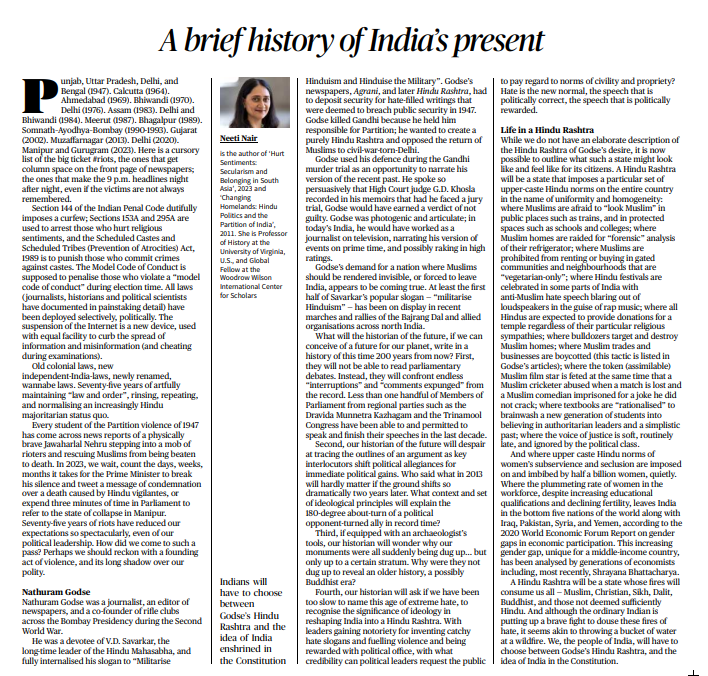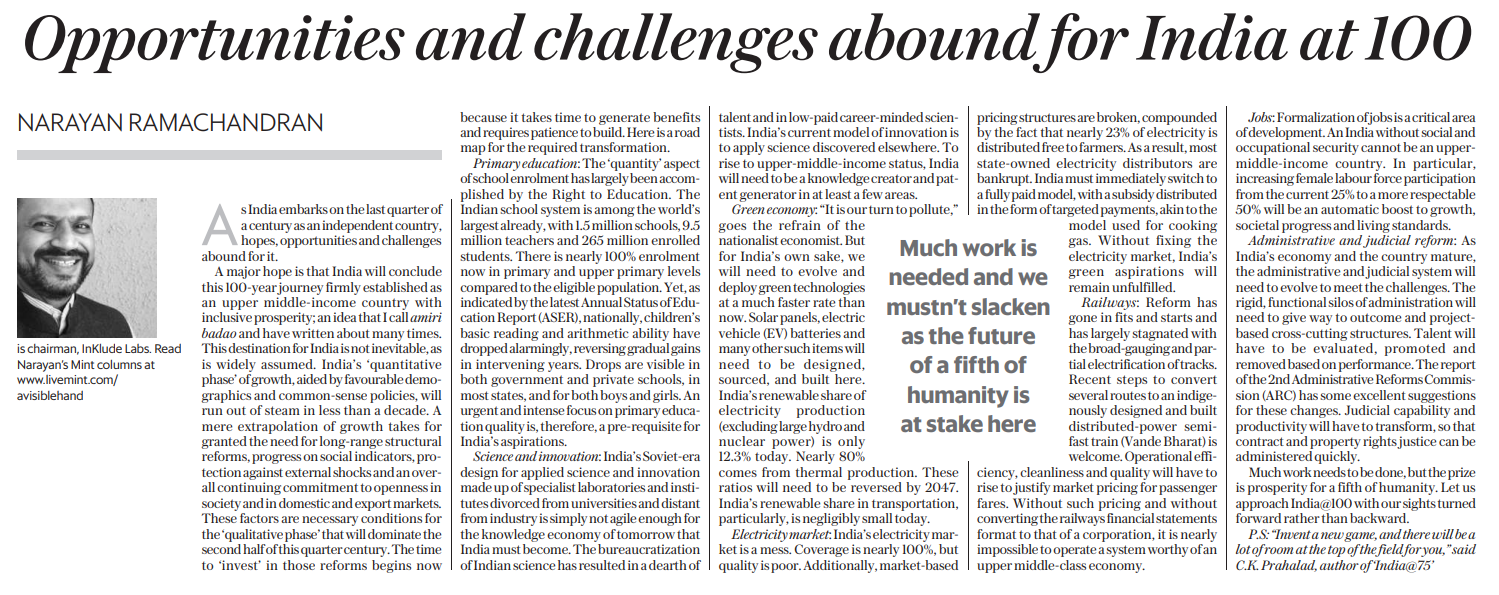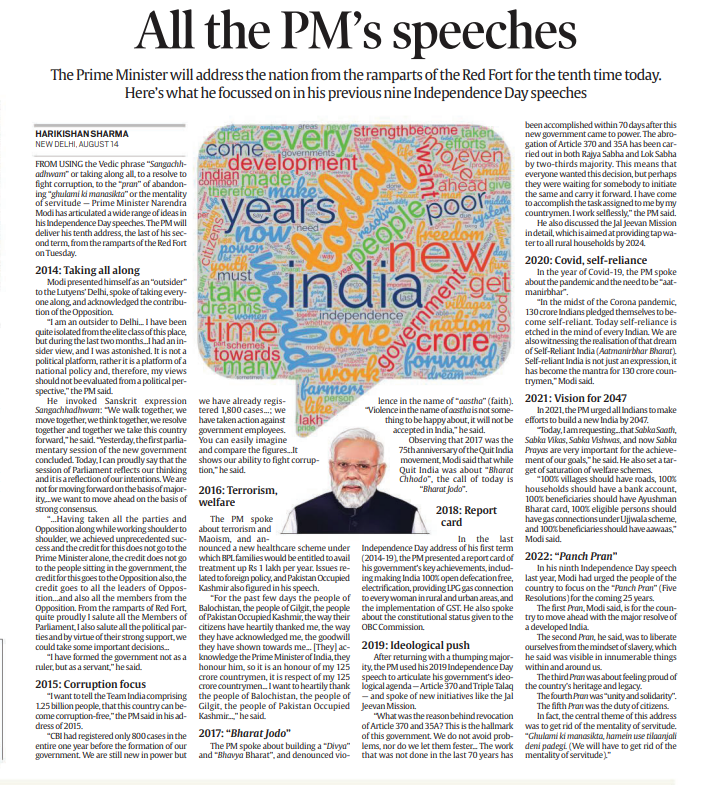
COMMUNAL VIOLENCE AND POLARIZATION IN INDIA
Introduction
- Article delves into a series of major communal riots and incidents of polarization that have marked India’s history from 1947 to 2023.
- The overview underscores the selective and often politically motivated use of legal instruments, the role of hate speech and divisive ideologies, and the emergence of a potential Hindu majoritarian agenda.
- It also reflects on the consequences of these trends for India’s social fabric, unity, and democratic values.
Historical Timeline of Communal Violence
1947: Punjab, Uttar Pradesh, Delhi, and Bengal
Communal violence erupts during the Partition of India, leading to widespread displacement and violence among Hindus, Muslims, and Sikhs.
1964: Calcutta
Communal clashes in Calcutta result in significant violence and tensions, highlighting religious polarization.
1969: Ahmedabad
Riots in Ahmedabad emphasize the deep-seated communal tensions and the potential for violence in Indian society.
1970: Bhiwandi
Communal clashes in Bhiwandi underscore the fragility of religious coexistence and the eruption of violence.
1976: Delhi
Riots in Delhi highlight the recurring pattern of violence and the failure of law enforcement to prevent or manage it.
1983: Assam
Communal violence in Assam points to regional dynamics and the intersection of religious and ethnic tensions.
1984: Delhi and Bhiwandi
Riots in Delhi and Bhiwandi result in significant casualties and intensify concerns about religious polarization.
1987: Meerut
Communal clashes in Meerut reflect the persistence of underlying tensions and the potential for violence.
1989: Bhagalpur
Riots in Bhagalpur further highlight the vulnerability of marginalized communities and the manipulation of communal sentiments.
1990-1993: Somnath–Ayodhya–Bombay
Communal tensions escalate around religious sites, contributing to a cycle of violence in various cities.
2002: Gujarat
The Gujarat riots draw international attention and raise questions about state complicity and communal violence.
2013: Muzaffarnagar
Communal clashes in Muzaffarnagar underscore the continued risk of communal tensions flaring up.
2020: Delhi
Riots in Delhi raise concerns about hate speech, social media’s role, and the broader impact on society.
2023: Manipur and Gurugram
Communal tensions in Manipur and Gurugram demonstrate the persistent challenges of communalism.
Selective Use of Laws and Internet Restrictions
- The use of legal provisions such as Sections 144, 153A, and 295A of the Indian Penal Code, as well as the Scheduled Castes and Scheduled Tribes (Prevention of Atrocities) Act, 1989, has been inconsistent and politically driven.
- Internet suspension has emerged as a tool to control the spread of information, mirroring broader suppression.
Shifts in Political Alliances and Ideology
- Political allegiances have often shifted rapidly, causing confusion and making it difficult to track arguments and ideologies.
- This contributes to a volatile political landscape that impedes historical analysis and understanding.
Manipulation of Historical Narratives and Cultural Monuments
The selective excavation of historical monuments, coupled with a lack of emphasis on diverse historical periods, raises questions about the manipulation of narratives for political gains.
Emergence of a Hindu Majoritarian Agenda
- The article highlights the influence of divisive ideologies and leaders who promote a Hindu Rashtra, marked by an upper-caste Hindu norm imposed across the country.
- This vision encompasses discrimination against religious and marginalized groups, suppression of dissent, and gender inequality.
Conclusion
The article concludes by contemplating the potential future of India as a Hindu Rashtra, a state that enforces religious and social homogeneity, suppresses minorities, and threatens the principles enshrined in the Indian Constitution. The article emphasizes the importance of resisting hate and division and advocating for an inclusive, pluralistic vision of India.
Source: The Hindu
INDIA'S PATH TO PROSPERITY: CHALLENGES AND ROADMAP
Introduction: Hopes, Opportunities, and Challenges for India
- India is entering the final quarter of a century as an independent nation, carrying with it a mix of hopes, opportunities, and challenges.
- The aspiration is for India to solidify its position as an upper middle-income country, marked by inclusive prosperity.
- However, this goal is not assured, as India’s growth trajectory faces various constraints, requiring comprehensive reforms and strategic shifts.
- Transitioning to Qualitative Growth: The Need for Structural Reforms
- India’s growth, driven by favorable demographics and sensible policies, has propelled it to a quantitative growth phase.
- Yet, this momentum will wane within a decade unless supported by long-term structural reforms, social indicator improvement, resilience to external shocks, and continued openness in society and markets.
- These prerequisites will pave the way for the qualitative phase of growth in the next quarter century.
- 2. Primary Education Quality: A Critical Imperative
- While India boasts near universal enrollment in primary and upper primary levels due to initiatives like the Right to Education, the recent Annual Status of Education Report (ASER) reveals alarming drops in children’s basic reading and arithmetic skills across both government and private schools.
- An urgent focus on enhancing primary education quality is essential for India’s progress.
- Science, Innovation, and Knowledge Creation
- India’s existing Soviet-style model of science and innovation, marked by specialized laboratories detached from universities and industry, is ill-suited for the evolving knowledge economy.
- To ascend to an upper-middle-income status, India must transform into a knowledge creator and patent generator.
- The nation needs to innovate, develop intellectual property, and lead in key areas.
- Green Economy and Sustainable Technologies
- India’s aspirations for prosperity are closely linked to a sustainable future.
- The nation must accelerate the development and deployment of green technologies, such as solar panels and electric vehicle batteries, to reduce its reliance on thermal energy sources.
- Reversing the current energy production ratio and increasing the renewable share in transportation are crucial targets.
- Electricity Market and Green Aspirations
- India’s electricity market suffers from poor quality, inefficient pricing structures, and bankrupt state-owned distributors.
- A shift to a fully paid model, with targeted subsidies, is necessary to support the transition to cleaner energy sources and achieve green aspirations effectively.
- Railways and Infrastructure Modernization
- India’s railways require modernization and operational efficiency enhancements.
- The introduction of indigenously designed and built distributed-power semi-fast trains is a positive step, but further reforms, better operational efficiency, cleanliness, and quality are essential to justify market-based pricing for passenger fares.
- Formalization of Jobs and Social Security
- Job formalization is integral to India’s development. Without secure social and occupational structures, India cannot attain upper middle-income status.
- Increasing female labor force participation to 50% will contribute significantly to societal progress, growth, and living standards.
- Administrative and Judicial Reforms for a Mature India
- As India’s economy evolves, administrative and judicial systems must also adapt.
- Traditional silo-based administration should yield to outcome-driven, cross-cutting structures.
- Performance-based evaluation, promotion, and removal of talent should replace rigid functional silos.
- Similarly, judicial capabilities and productivity need transformation to ensure swift administration of contract and property rights justice.
Conclusion: Seizing the Prize of Prosperity
- While the challenges are significant, the rewards are equally substantial, impacting one-fifth of the world’s population.
- As India looks ahead to its 100-year journey, the focus should be on forward progress rather than dwelling on the past.
- To achieve the vision of being an upper middle-income country with inclusive prosperity, India must embark on a comprehensive roadmap of reforms and strategic shifts across various sectors.
Source: Livemint




